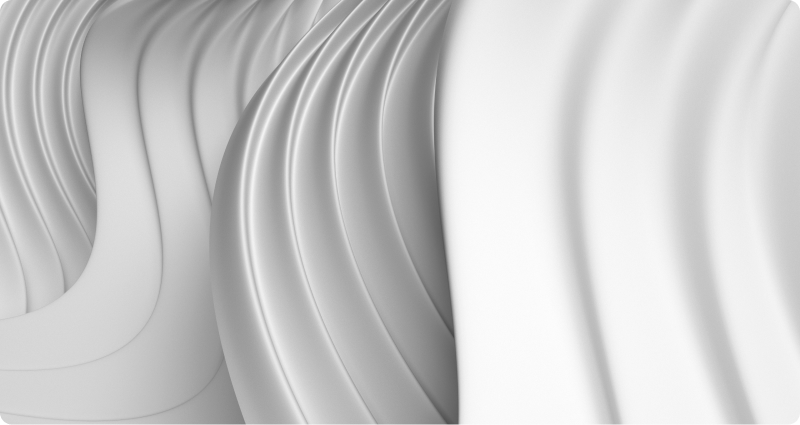
People often think of their homes in terms of walls, windows, and furniture. But the space outside your door holds just as much potential. A well-designed yard can completely change how you feel about your home. It affects your first impression every time you arrive, your comfort when relaxing outdoors, and even how your property performs on the market.
For many, residential landscape design is an afterthought—something that might get done eventually, maybe in the next few years. But with the right professional, this process becomes a smart investment, not just an expense.
While DIY efforts can be fun, they rarely bring the same results that professional residential landscape designs deliver. A skilled designer brings structure, experience, and ideas you might not consider. They know how to make the most of your space and how to make it last.
Residential landscape design is the planning and organization of outdoor areas around a private home. It involves shaping the land, choosing plants, placing features, and considering how all elements will work together. Good design isn’t just about looks—it also improves usability, efficiency, and comfort.
A well-thought-out design plan considers everything: the slope of your yard, water flow, privacy concerns, and even sun exposure. It’s about more than adding a few flower beds or a stone path. It’s a complete approach that makes your space more livable.
Professional designers don’t just have a good eye—they also bring technical skills. They understand zoning laws, irrigation systems, and which plants will thrive where. Their work combines art and science to create a space that looks great and functions well.
They also know how to take a concept and turn it into something buildable. From concept drawings to permits and contractor coordination, they help take a project from “nice idea” to “done and ready.”
Few things make a house more attractive than a tidy, well-designed yard. Residential landscape design can immediately boost curb appeal, which has a measurable impact on resale value. A well-planned outdoor space can also make your home stand out in your neighborhood.
Buyers see outdoor spaces as part of the living area. Whether it’s a dining patio, a fire pit area, or an impressive front entry, these features add real value. Professional design helps you prioritize what features to include and where to place them.

You use your home every day. You should be able to enjoy your outdoor space just as often. A professional designer helps create areas for cooking, eating, relaxing, or entertaining—without wasting square footage. Every section of your yard has a purpose, and it all feels natural.
It’s also about comfort. Where should the shade go? Is there a breeze coming through in the evenings? Can you see the kids while they play? These questions matter, and experienced designers know how to answer them through smart planning.
Residential landscape design also plays a big role in how your home affects the environment. Designers consider things like rainwater runoff, native plant selection, and minimizing the need for chemicals or watering. This means lower water bills and less environmental impact.
You might even qualify for local rebates or credits by including low-water-use plants or using sustainable materials. It’s a win-win—good for your property and good for the planet.
One of the biggest differences between DIY and professional work? How long it lasts? When materials are chosen correctly, and installation is done properly, your yard won’t just look good for a year—it’ll keep looking good. A good design also means fewer surprise repairs or do-overs.
Maintenance needs are lower, too. Residential landscape designs often include smart plant choices, efficient irrigation, and layouts that reduce wear and tear. This saves time and money long after the project is complete.
Professional residential landscape design is not one-size-fits-all. The process is built around your lifestyle, preferences, and goals. Some homeowners want a peaceful garden with winding paths. Others need open spaces for active kids and pets. A designer makes sure your needs are reflected in the final plan.
Customization also means your outdoor space works well with your home’s architecture. Whether your house is traditional, contemporary, or anything in between, the design feels cohesive.
Today, many homeowners are treating outdoor areas as true extensions of the home. Think of outdoor kitchens, built-in seating, lighting for evening gatherings, or even weather-protected lounges. With the right layout, these features feel natural—and they get used.
Residential landscaping design features like pergolas, fire bowls, and integrated sound systems help transform a backyard into a second living room. This is where design really makes a difference. Everything flows better, looks more finished, and actually gets used.
Clean lines, minimalist planting, and functional spaces are becoming more popular. Modern residential landscape design often includes geometric layouts, a restrained color palette, and materials like concrete, steel, and wood. The goal isn’t just to look trendy but to create spaces that age well and are easy to manage.
This trend is especially popular among newer homes and urban properties. Even small yards can benefit from a modern design approach that maximizes usability without crowding the space.
Designers are introducing more tech and creativity into outdoor spaces. Think smart lighting that adjusts automatically or modular furniture that can be reconfigured for different uses. Even garden elements like vertical planters or edible landscapes are showing up in more residential landscape designs.
Other upgrades include built-in benches, natural stonework, and integrated drainage systems that are both functional and subtle. These touches don’t just look good—they make your space more usable.
Plant selection is one of the most noticeable design choices. Good designers balance color, texture, and seasonal interest. They also choose plants that fit your region and your lifestyle.
Trees offer shade, privacy, and structure. Lawns can be reduced or replaced with native grasses or ground cover for easier upkeep. The idea is to create layers and interest without constant care.
Hardscape forms the skeleton of your outdoor space. Materials like stone, brick, and pavers define movement and support key areas. A path leads visitors naturally to your door. A retaining wall doubles as a seating area. A raised bed gives plants prominence without making mowing harder.
Placement and material choice are key. They affect how easy your yard is to use, how long it lasts, and how it looks in different weather.
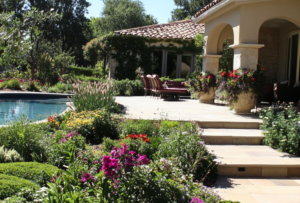
Water brings life to a yard. Even small fountains can add calm and sound. Ponds support biodiversity. Pools become the heart of summer living. But these features need proper planning to avoid headaches down the line.
A designer ensures that water elements fit naturally with the layout. They’ll also help you think through safety, maintenance, and energy usage.
Lighting can completely change how you experience a yard. Good lighting adds mood and makes your space usable at night. It also adds safety—illuminating steps, paths, or entrances.
Smart systems even let you control brightness, timing, or color from your phone. A few well-placed fixtures can make a huge difference without overdoing it.
Irrigation is often overlooked, but it’s a huge part of keeping your yard alive and healthy. Today’s smart systems use weather data, sensors, and timers to water more efficiently. You save money and keep your plants healthy without doing much.
A good residential landscape design includes irrigation planning from the beginning—not as an afterthought. This avoids damage to plants or waste from overspray.
Start with their portfolio. Look at projects similar to yours in size or style. Ask questions about how they handled challenges. A good designer will be able to explain their decisions clearly.
Referrals help, too. Talk to past clients. Did they stay on budget? Were they responsive? Did the results match expectations? That kind of feedback is worth more than any sales pitch.
Design work can vary in price depending on complexity and scope. Some designers charge by the hour. Others offer fixed-fee packages. The key is knowing what you’re paying for.
Don’t just get one quote. Talk to a few professionals, compare what they include, and check that you understand the timeline. Transparency from the start helps avoid frustration later.
Not every designer needs to be certified, but those who are usually take their work seriously. Look for certifications like APLD (Association of Professional Landscape Designers) or LEED accreditation.
Also, ask about their approach to sustainability. Do they use native plants? How do they manage runoff? If environmental impact matters to you, these answers will be helpful.
Investing in residential landscape design doesn’t just mean a prettier yard. It changes how you live at home. It adds value, lowers maintenance, and gives you a space you actually want to spend time in.
The difference between DIY and professional design is shown in the details. It’s how things fit together. How paths line up with doors. How plants grow in—not out—of their spaces. How water drains where it should. Those details matter.
If you’re on the fence, consider this: people don’t usually regret hiring a professional. They regret spending time and money on projects that didn’t work out. Working with someone who understands modern residential landscape design gives you confidence that your outdoor space will be both beautiful and functional.
In the long run, the upfront cost is small compared to the long-term gains—whether that’s resale value, quality of life, or fewer weekends lost to yard problems. When done right, residential landscape design pays you back. And then some.
About the Author
With a deep understanding of what companies need to build top-performing remote teams and fully remote departments, his journey with Uptalent has been dedicated to creating exceptional remote work solutions and helping companies thrive with top-tier remote talent.
Expertise:
Explore these related articles to dive deeper into the topic and discover more insights.
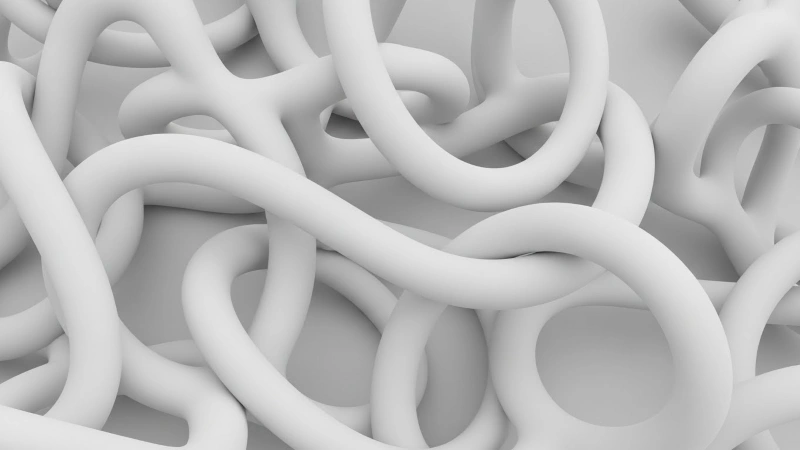
How a Digital Marketing Strategist Helps You Build Effective Campaigns
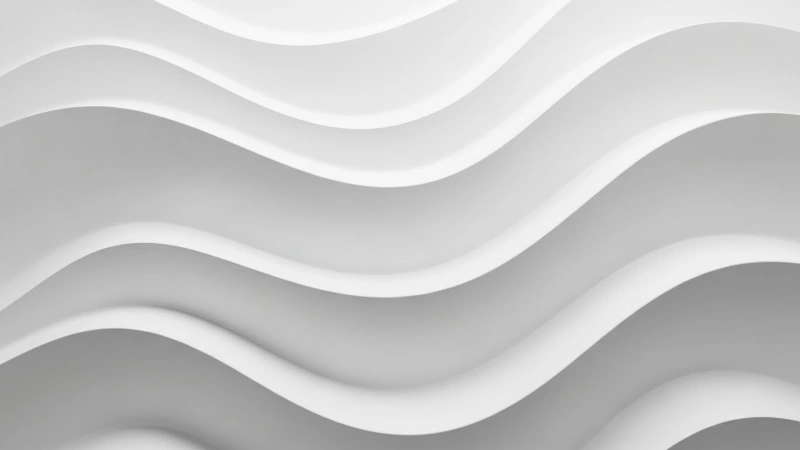
5 Key Benefits of SEO Outsourcing for Digital Marketing Agencies
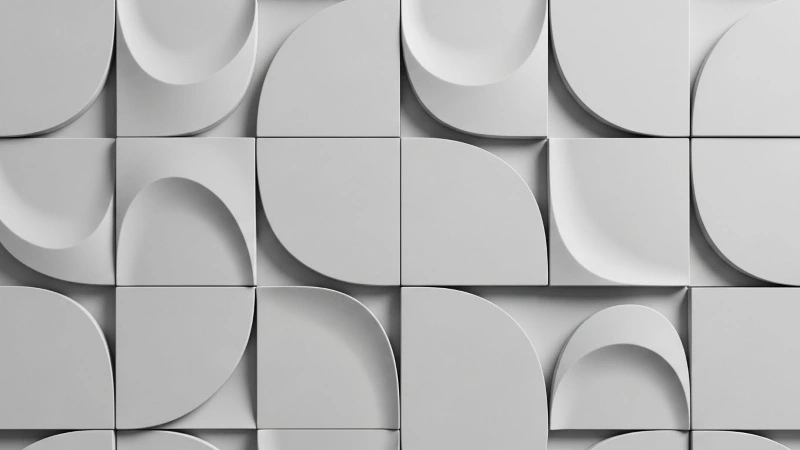
The Importance of a Payroll Specialist in Preventing Payroll Errors